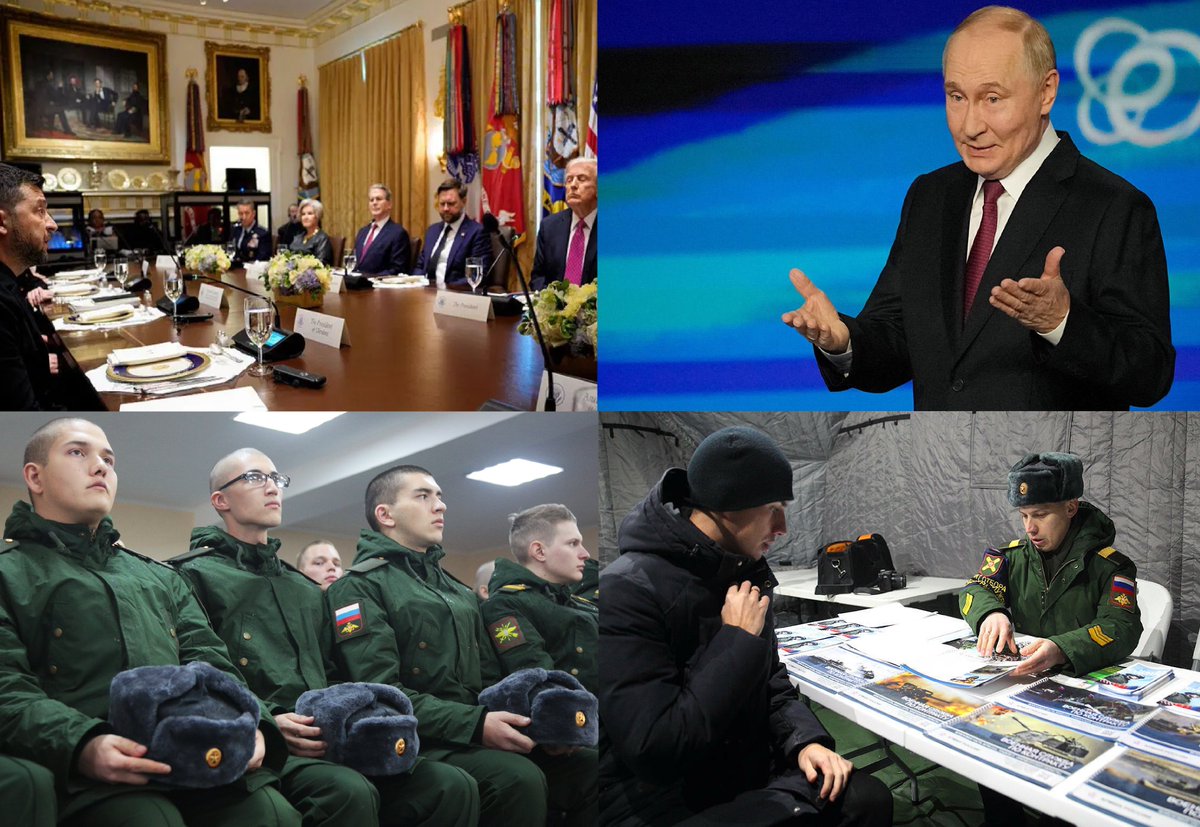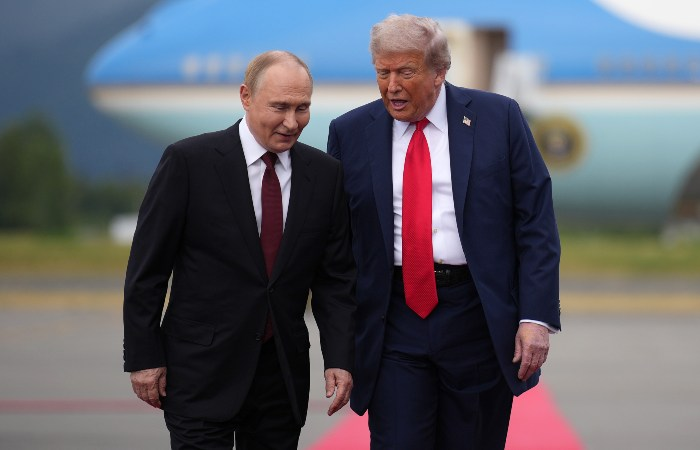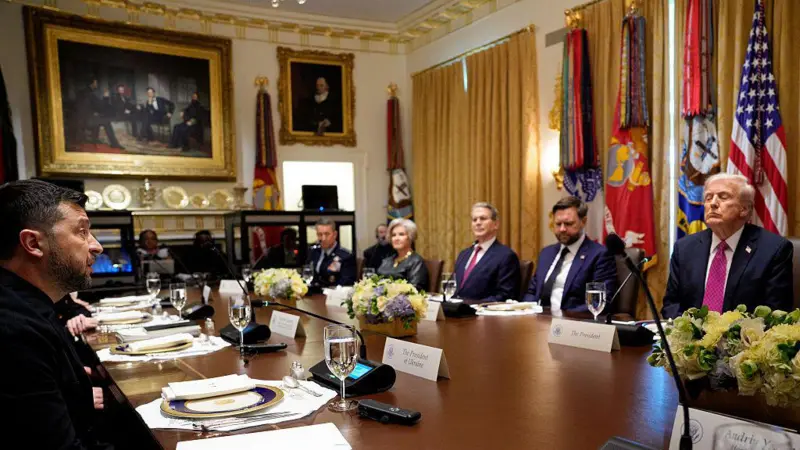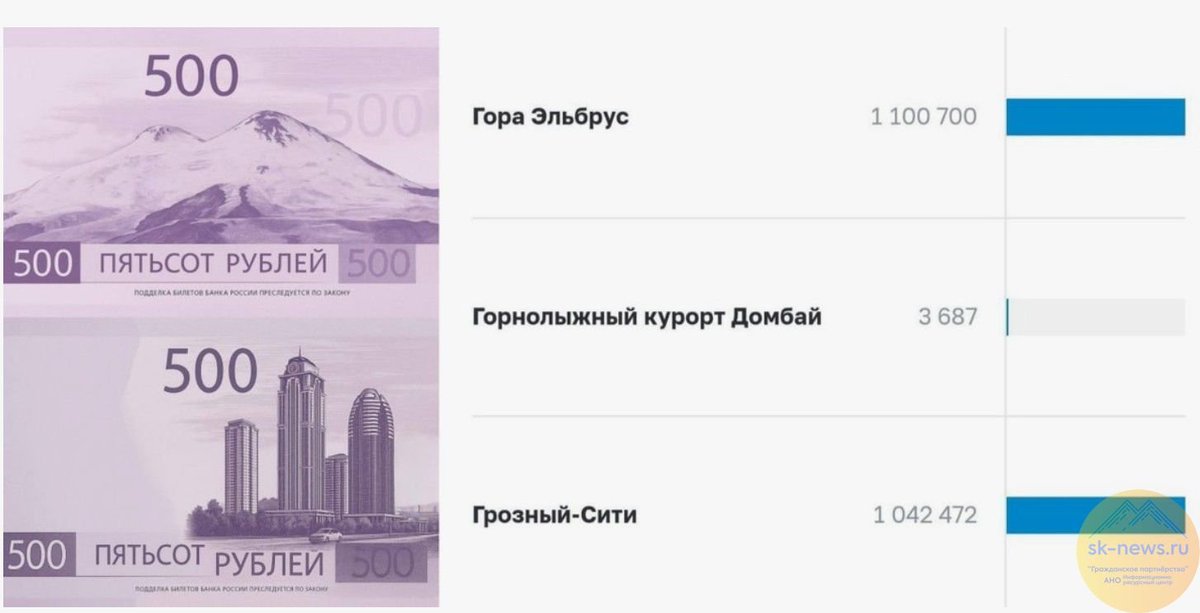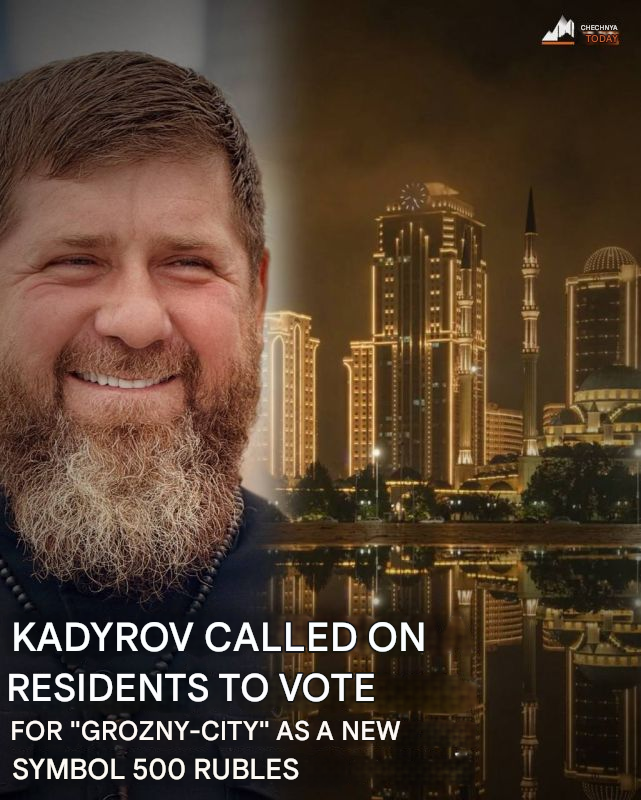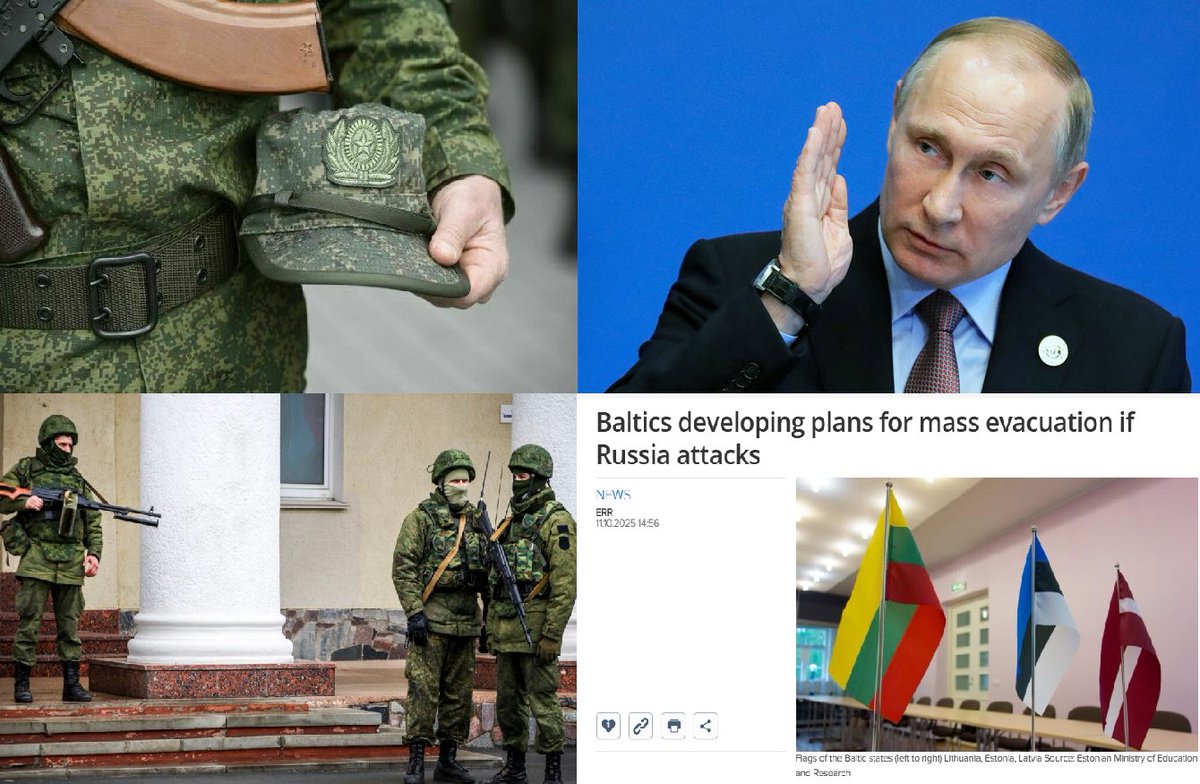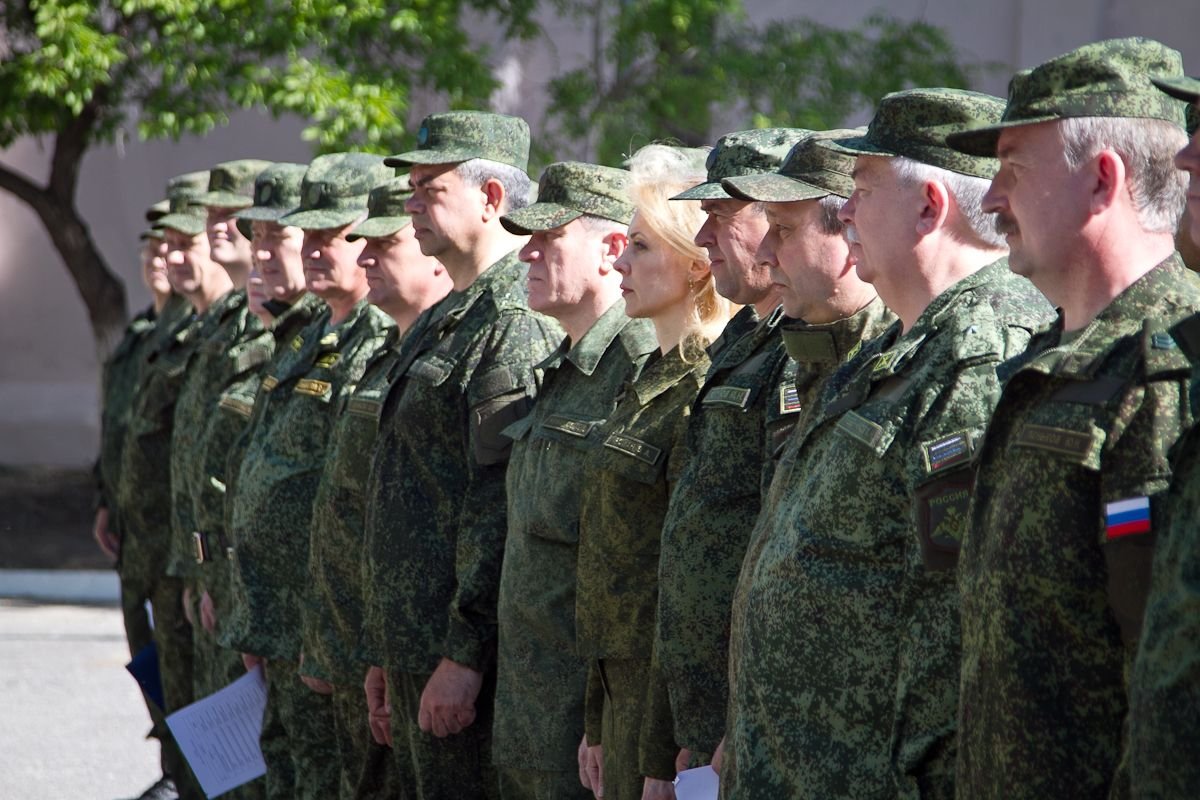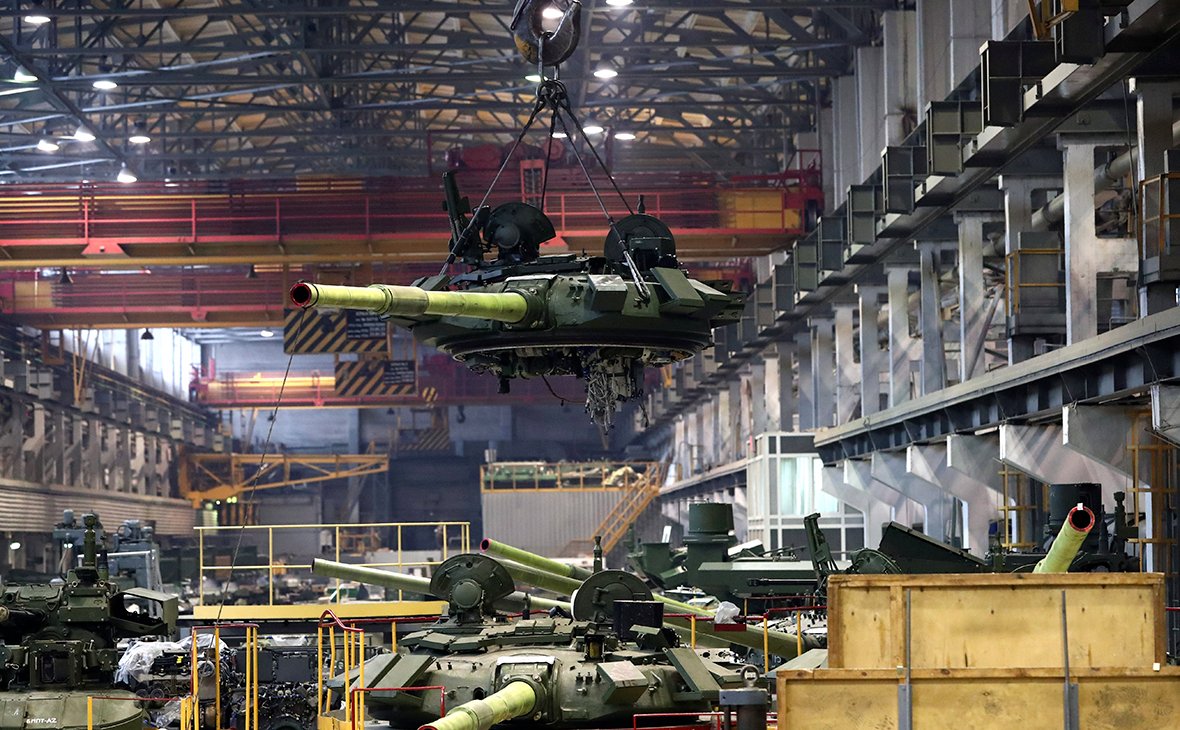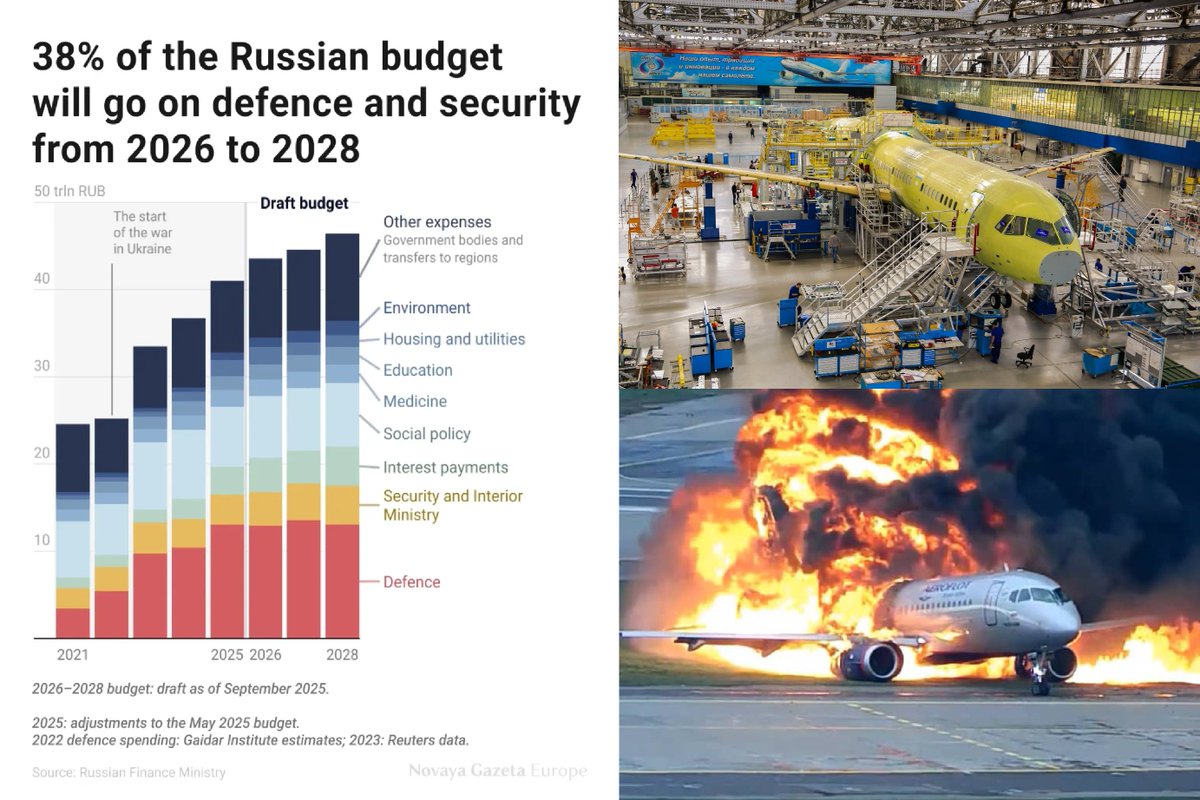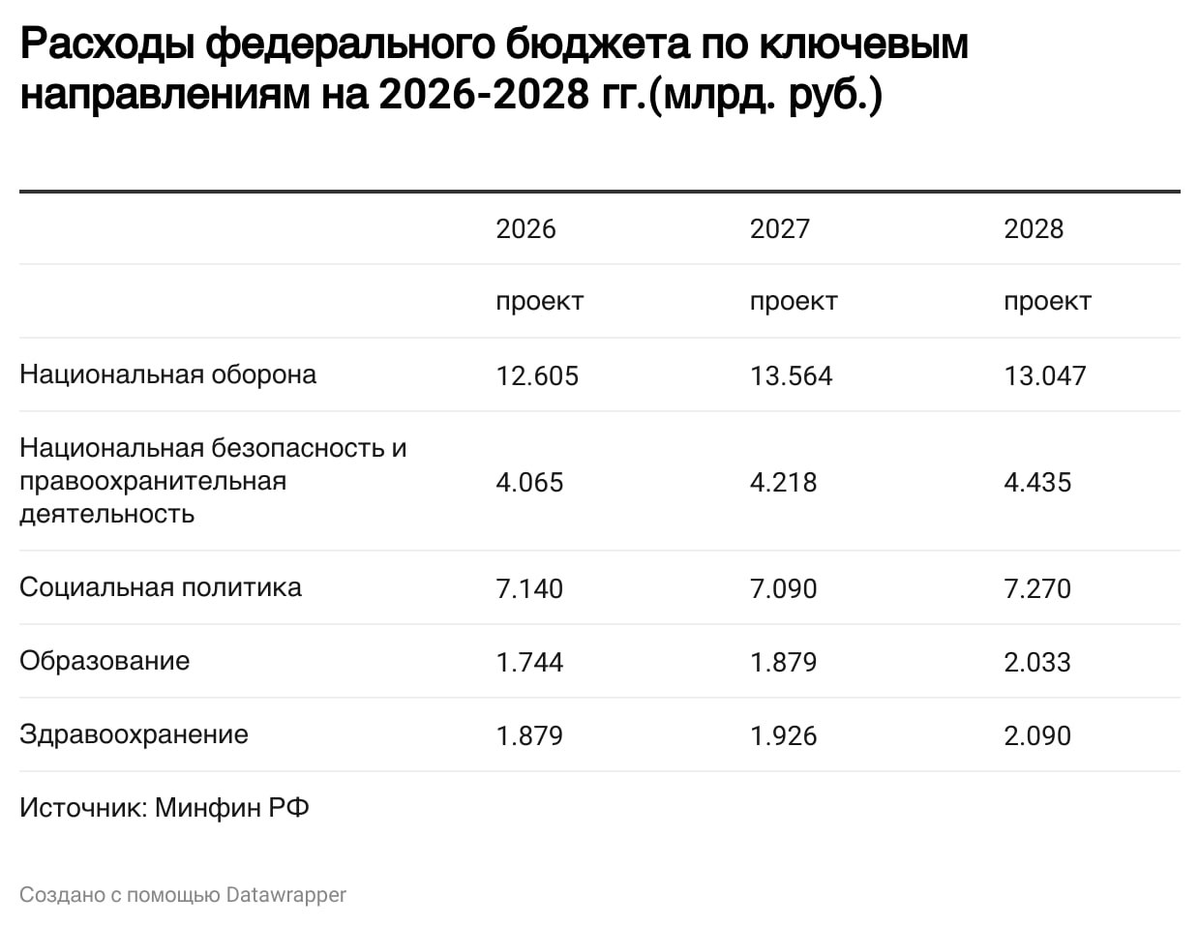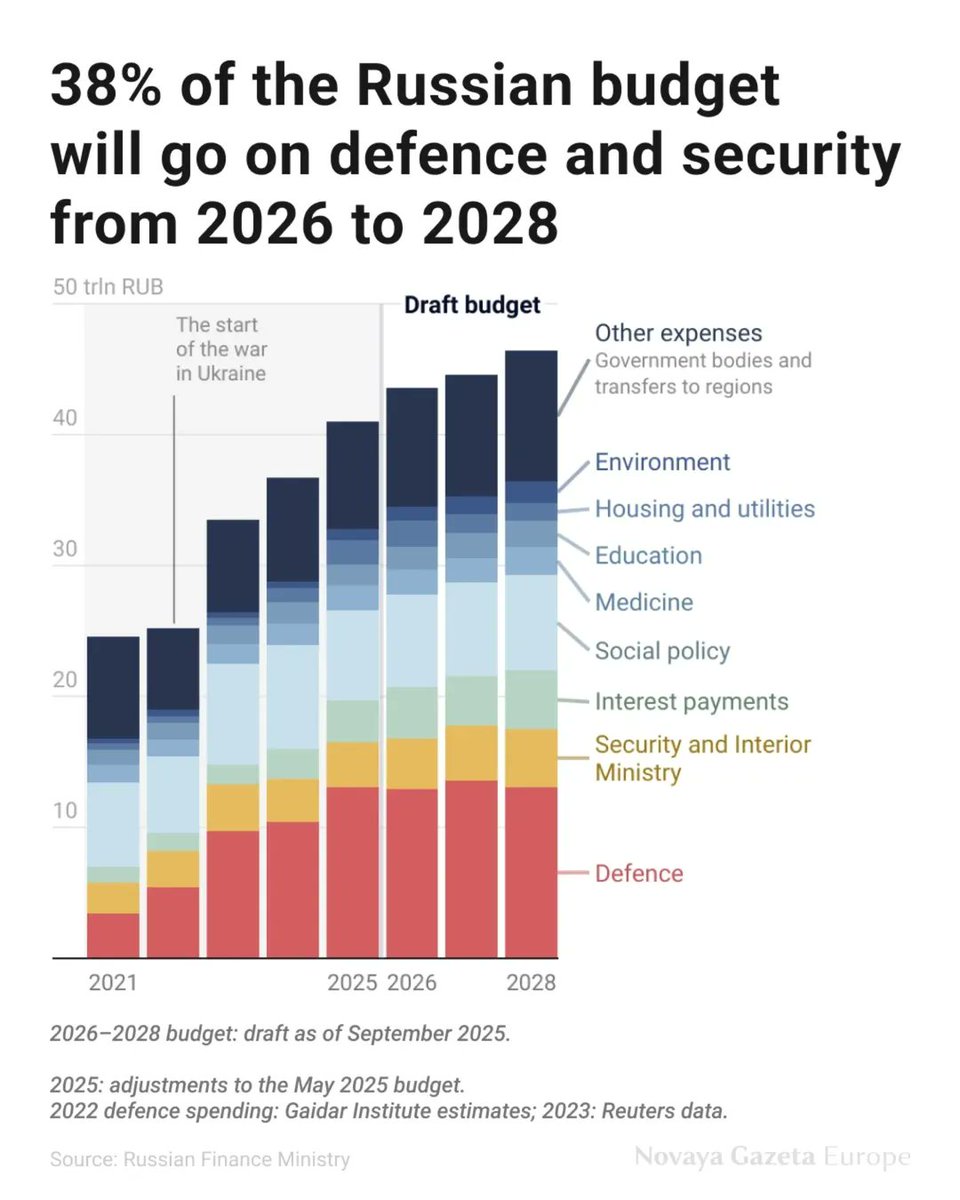1/9 Commander-in-Chief Syrskyi has disclosed statistics regarding russian missile and drone strikes in Ukraine. Ukraine requires additional air defense both before winter and for the long term! Take by @joni_askola 

2/9 On August 20, Oleksandr Syrskyi, Commander-in-Chief of the Ukrainian Armed Forces, stated that since the onset of russia's full-scale invasion, more than 9,600 missiles and nearly 14,000 attack drones have been deployed against Ukraine. 

3/9 Of the missiles launched, 5,197 were directed at civilian targets. In a meeting with local and regional authorities, Syrskyi disclosed that Ukrainian air defense has successfully intercepted and destroyed over 2,400 missiles and 9,200 drones. 

4/9 These figures are reasonable. Ukraine still does not have adequate air defense and has a vast territory to protect. Given the circumstances, these numbers are actually quite impressive. 

5/9 Ukraine is depleting its missile supplies for many of its Soviet-era air defense systems, which serve as the foundation of its air defense strategy. 
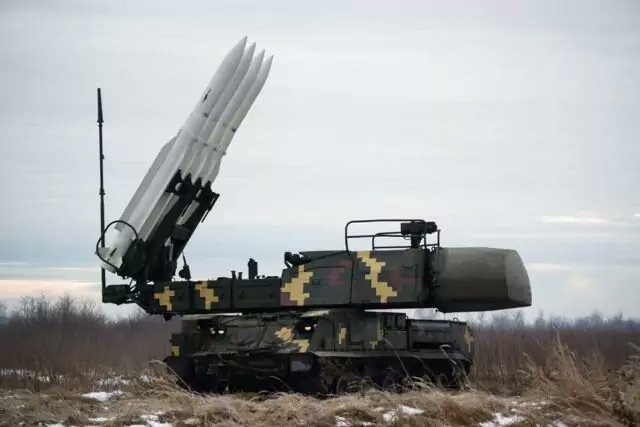
6/9 Ukraine is a vast territory that requires extensive defense, and it urgently needs significantly more air defense systems. Ukraine's allies must act quickly and increase their support without delay. 
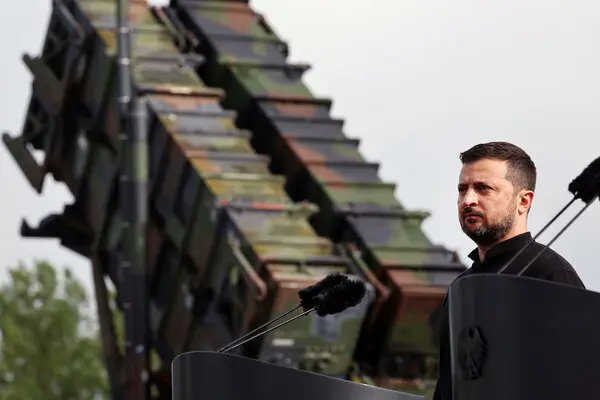
7/9 We need to identify short-term solutions: we can provide what we currently have and acquire Soviet systems from third parties. For the long term, it is essential to place orders as soon as possible. 

8/9 To simplify operations for Ukrainian air defense, we also need to remove restrictions on attacking russian air bases, ballistic missile launchers, drone launchers, and air defense systems located within russian territory using Western weapons. 

• • •
Missing some Tweet in this thread? You can try to
force a refresh


